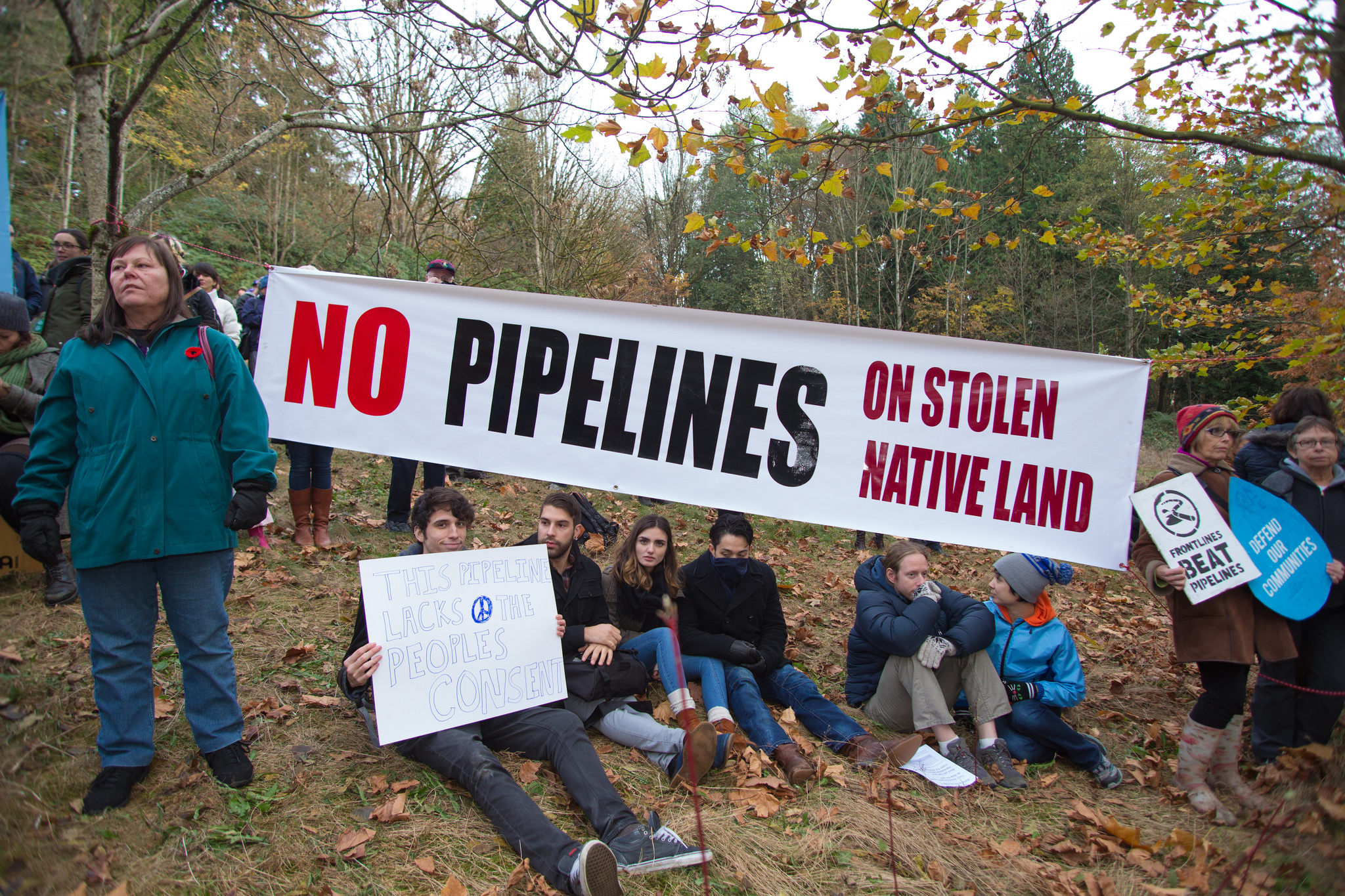Article
Dower
Dower refers to a form of marital property right. In its ancient form dower entitled a widow to a life interest in a portion of the lands owned by her deceased husband. Widowers were accorded similar rights, known as "curtesy.

Enter your search term
Signing up enhances your TCE experience with the ability to save items to your personal reading list, and access the interactive map.
Create AccountArticle
Dower refers to a form of marital property right. In its ancient form dower entitled a widow to a life interest in a portion of the lands owned by her deceased husband. Widowers were accorded similar rights, known as "curtesy.
"https://www.thecanadianencyclopedia.ca/images/tce_placeholder.jpg?v=e9dca980c9bdb3aa11e832e7ea94f5d9" // resources/views/front/categories/view.blade.phphttps://www.thecanadianencyclopedia.ca/images/tce_placeholder.jpg?v=e9dca980c9bdb3aa11e832e7ea94f5d9

Article
In R v. Drybones (1970), the Supreme Court of Canada ruled that a provision of the Indian Act was “inoperative” — meaning no longer valid or in effect — because it violated section 1(b) of the Canadian Bill of Rights, which guarantees equality before the law.
"https://www.thecanadianencyclopedia.ca/images/tce_placeholder.jpg?v=e9dca980c9bdb3aa11e832e7ea94f5d9" // resources/views/front/categories/view.blade.phphttps://www.thecanadianencyclopedia.ca/images/tce_placeholder.jpg?v=e9dca980c9bdb3aa11e832e7ea94f5d9

Article
Following the drug scandal at the 1988 OLYMPIC GAMES in Seoul, when Ben Johnson was stripped of his gold medal after testing positive for steroids, the federal government established the Commission of Inquiry Into the Use of Drugs and Banned Practices Intended to Increase Athletic Performance.
"https://www.thecanadianencyclopedia.ca/images/tce_placeholder.jpg?v=e9dca980c9bdb3aa11e832e7ea94f5d9" // resources/views/front/categories/view.blade.phphttps://www.thecanadianencyclopedia.ca/images/tce_placeholder.jpg?v=e9dca980c9bdb3aa11e832e7ea94f5d9

Article
A duel is a formal armed combat between 2 people in the presence of witnesses, to settle differences or a point of honour.
"https://www.thecanadianencyclopedia.ca/images/tce_placeholder.jpg?v=e9dca980c9bdb3aa11e832e7ea94f5d9" // resources/views/front/categories/view.blade.phphttps://www.thecanadianencyclopedia.ca/images/tce_placeholder.jpg?v=e9dca980c9bdb3aa11e832e7ea94f5d9

Macleans
Young Mario Dumont could barely suppress a smile of quiet satisfaction.This article was originally published in Maclean's Magazine on June 26, 1995
"https://www.thecanadianencyclopedia.ca/images/tce_placeholder.jpg?v=e9dca980c9bdb3aa11e832e7ea94f5d9" // resources/views/front/categories/view.blade.phphttps://www.thecanadianencyclopedia.ca/images/tce_placeholder.jpg?v=e9dca980c9bdb3aa11e832e7ea94f5d9

Article
Dupond Case In a case testing the scope of provincial interest in the area of public order, the Supreme Court in 1978 ruled as valid a Montréal ordinance forbidding for 30 days any public assembly, parade or gathering, on the grounds that it was a matter, as in the Hodge Case, of local public order in the province, and therefore authorized by the Constitution Act, 1867 (s92). The legislative measures of the Dupond case were...
"https://www.thecanadianencyclopedia.ca/images/tce_placeholder.jpg?v=e9dca980c9bdb3aa11e832e7ea94f5d9" // resources/views/front/categories/view.blade.phphttps://www.thecanadianencyclopedia.ca/images/tce_placeholder.jpg?v=e9dca980c9bdb3aa11e832e7ea94f5d9

Article
In 1838, the British politician Lord Durham was sent to British North America to investigate the causes of the rebellions of 1837–38 in the colonies of Upper and Lower Canada. Durham's famous Report on the Affairs of British North America (1839) led to a series of reforms and changes. These included uniting the two Canadas into a single colony, the Province of Canada, in 1841. (See also: Act of Union.) The report also paved the way for responsible government. This was a critical step in the development of Canadian democracy. The report played an important role in the evolution of Canada’s political independence from Britain.
"https://d3d0lqu00lnqvz.cloudfront.net/media/media/65ee2cc4-fcf5-4663-b8d2-f9ce30422a92.jpg" // resources/views/front/categories/view.blade.phphttps://d3d0lqu00lnqvz.cloudfront.net/media/media/65ee2cc4-fcf5-4663-b8d2-f9ce30422a92.jpg

Article
In late 1837, violent rebellions took place in Upper and Lower Canada. (See Rebellions of 1837–38 [Plain-Language Summary].) In May 1838, Lord Durham was sent from Britain to find out what had caused the unrest. His Report on the Affairs of British North America (1839) led to a series of reforms. These included merging the two Canadas into the Province of Canada. This was done through the Act of Union in 1841. The report also paved the way for responsible government. This was a vital step in Canada’s path toward democracy and independence from Britain. This article is a plain-language summary of the Durham Report. If you would like to read about this topic in more depth, please see our full-length entry: Durham Report.
"https://d3d0lqu00lnqvz.cloudfront.net/media/media/65ee2cc4-fcf5-4663-b8d2-f9ce30422a92.jpg" // resources/views/front/categories/view.blade.phphttps://d3d0lqu00lnqvz.cloudfront.net/media/media/65ee2cc4-fcf5-4663-b8d2-f9ce30422a92.jpg

Article
The duty to consult is a statutory, contractual and common law obligation that must be fulfilled by the Crown prior to taking actions or making decisions that may have consequences for the rights of Indigenous peoples in Canada. The duty to consult has been affirmed and clarified by various Supreme Court of Canada rulings, such as the Haida case (2004) and the Beckman v. Little Salmon/Carmacks case (2010). The duty to consult is considered by many to be an important step toward reconciliation with Indigenous peoples.
"https://d3d0lqu00lnqvz.cloudfront.net/media/media/6a400e13-acb7-412e-8e7e-6fdff2cae014.jpg" // resources/views/front/categories/view.blade.phphttps://d3d0lqu00lnqvz.cloudfront.net/media/media/6a400e13-acb7-412e-8e7e-6fdff2cae014.jpg

Article
Women’s movements (or, feminist movements) of the 19th and early-20th century — often referred to as first-wave feminism — included campaigns in support of temperance, women’s suffrage, pacifism, as well as labour and health rights.
"https://d3d0lqu00lnqvz.cloudfront.net/media/media/569d6d96-ffeb-485f-aa88-98b968b29e2a.jpg" // resources/views/front/categories/view.blade.phphttps://d3d0lqu00lnqvz.cloudfront.net/media/media/569d6d96-ffeb-485f-aa88-98b968b29e2a.jpg

Macleans
First came the assurances.This article was originally published in Maclean's Magazine on September 20, 1999
"https://www.thecanadianencyclopedia.ca/images/tce_placeholder.jpg?v=e9dca980c9bdb3aa11e832e7ea94f5d9" // resources/views/front/categories/view.blade.phphttps://www.thecanadianencyclopedia.ca/images/tce_placeholder.jpg?v=e9dca980c9bdb3aa11e832e7ea94f5d9

Macleans
After nearly a quarter of a century, the people of tiny, impoverished East Timor finally had the chance to say what future they wanted - independence, or staying a part of Indonesia. As a phenomenal 98.This article was originally published in Maclean's Magazine on September 13, 1999
"https://www.thecanadianencyclopedia.ca/images/tce_placeholder.jpg?v=e9dca980c9bdb3aa11e832e7ea94f5d9" // resources/views/front/categories/view.blade.phphttps://www.thecanadianencyclopedia.ca/images/tce_placeholder.jpg?v=e9dca980c9bdb3aa11e832e7ea94f5d9

Article
The Easton Treaty (or Treaty of Easton) is an agreement between British and Indigenous peoples, established at the forks of the Delaware River in Easton, Pennsylvania in 1758. The treaty was signed after a conference between British colonial officials and more than 500 chiefs, representing 15 Woodland Indigenous peoples in October 1758. Through the Easton Treaty and several others, the British successfully neutralized the French-Indigenous alliance in the Ohio Valley during the Seven Years’ War (1756–63) by guaranteeing the protection of Indigenous lands from Anglo-American colonists. (See also Treaties with Indigenous Peoples in Canada.)
"https://d3d0lqu00lnqvz.cloudfront.net/FortDuquesne.jpg" // resources/views/front/categories/view.blade.phphttps://d3d0lqu00lnqvz.cloudfront.net/FortDuquesne.jpg

Article
Economic relations between Canada and the US are of paramount importance to Canada.
"https://d3d0lqu00lnqvz.cloudfront.net/media/media/9da06892-ef18-4652-b682-3bb385411454.jpg" // resources/views/front/categories/view.blade.phphttps://d3d0lqu00lnqvz.cloudfront.net/media/media/9da06892-ef18-4652-b682-3bb385411454.jpg

Article
Economic nationalism, in Canada, is a movement aimed at achieving greater control by Canadians of their own economy. In recent years it arose in response to the high degree of foreign (especially American) control of the Canadian economy.
"https://www.thecanadianencyclopedia.ca/images/tce_placeholder.jpg?v=e9dca980c9bdb3aa11e832e7ea94f5d9" // resources/views/front/categories/view.blade.phphttps://www.thecanadianencyclopedia.ca/images/tce_placeholder.jpg?v=e9dca980c9bdb3aa11e832e7ea94f5d9
